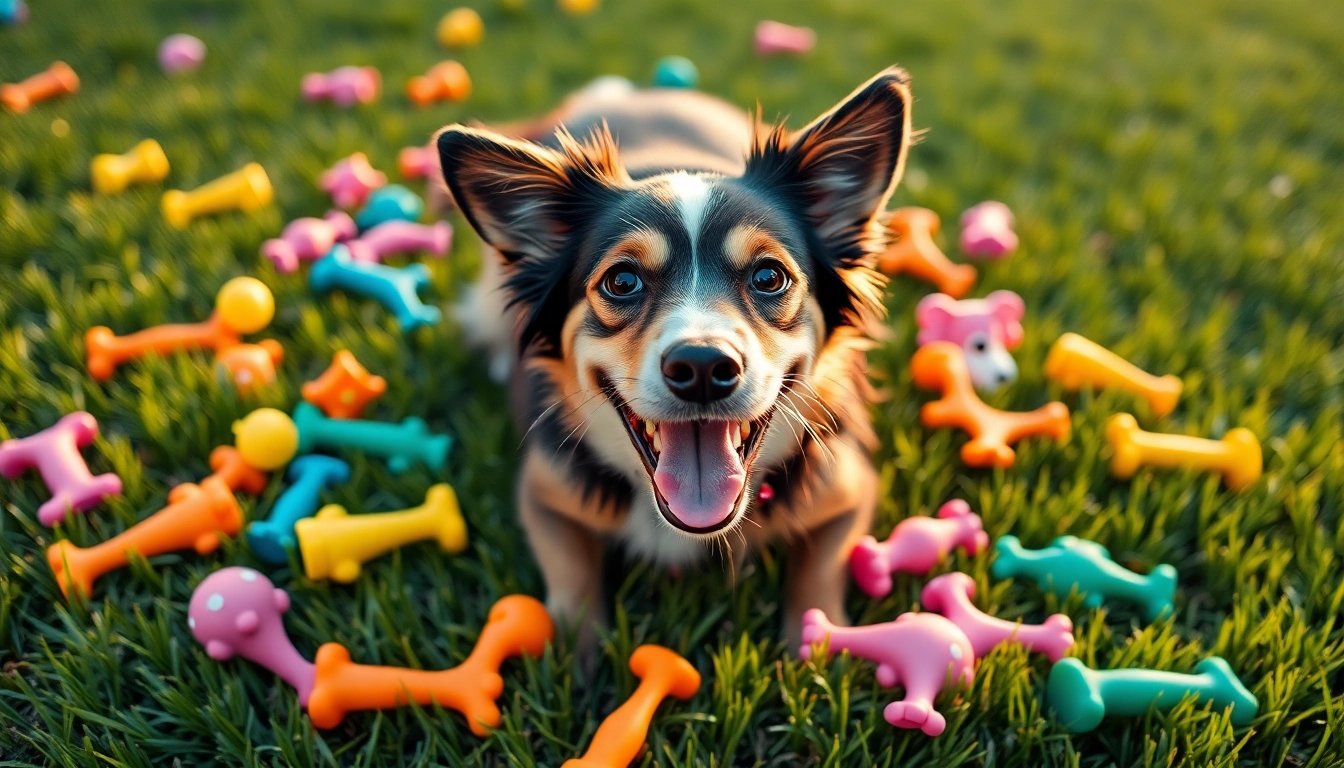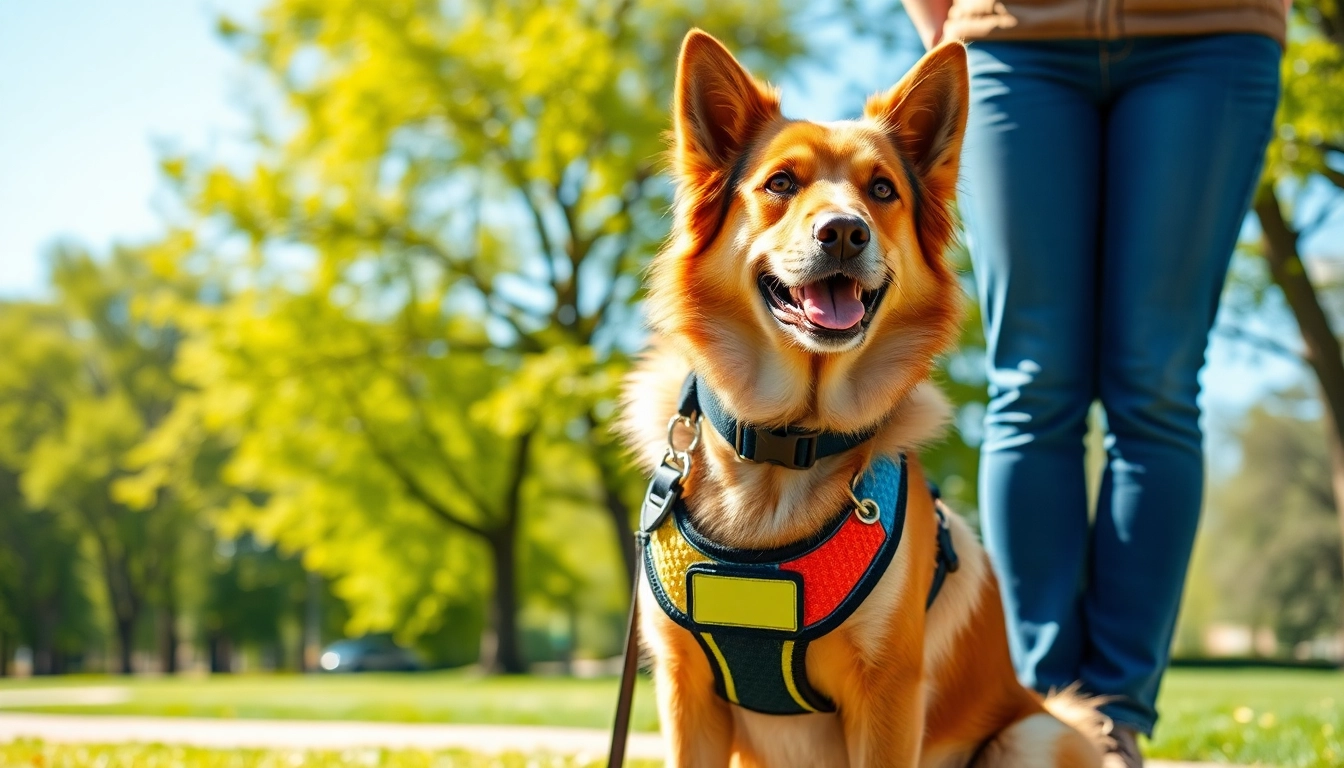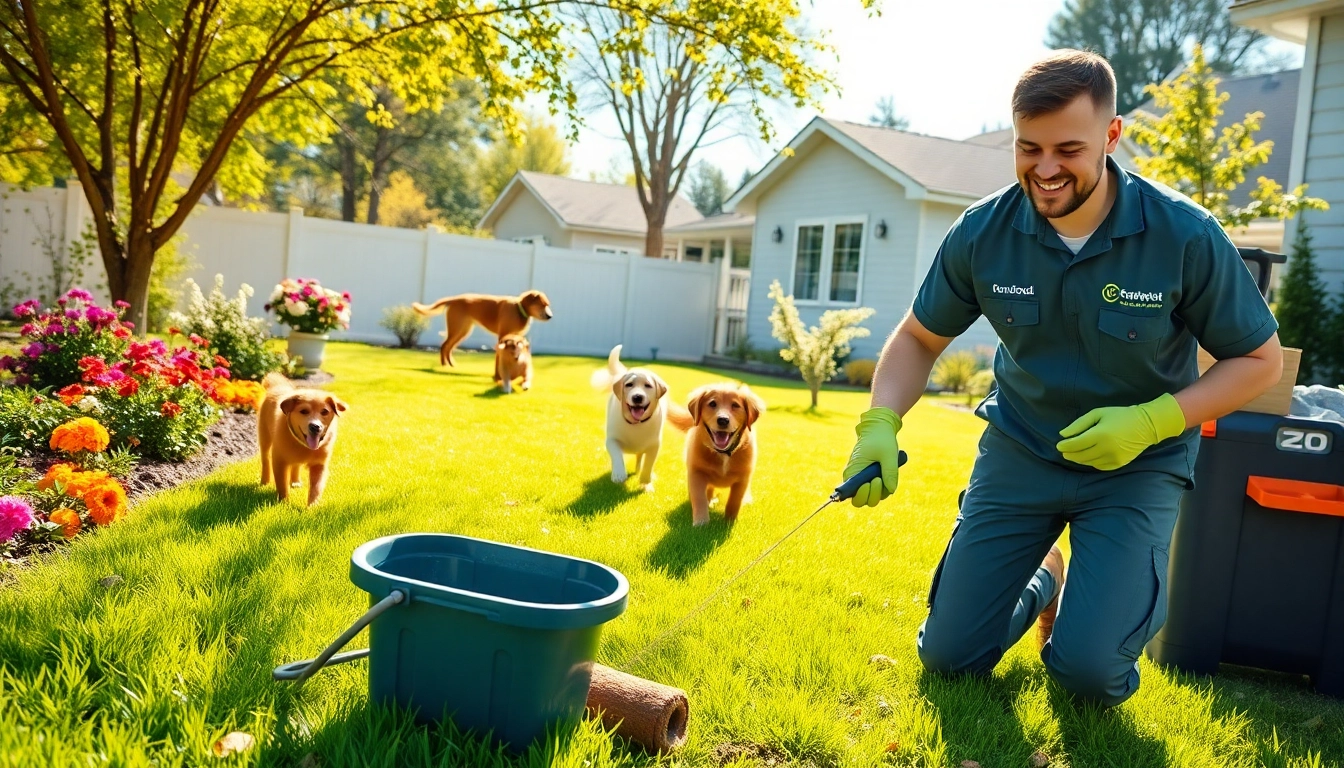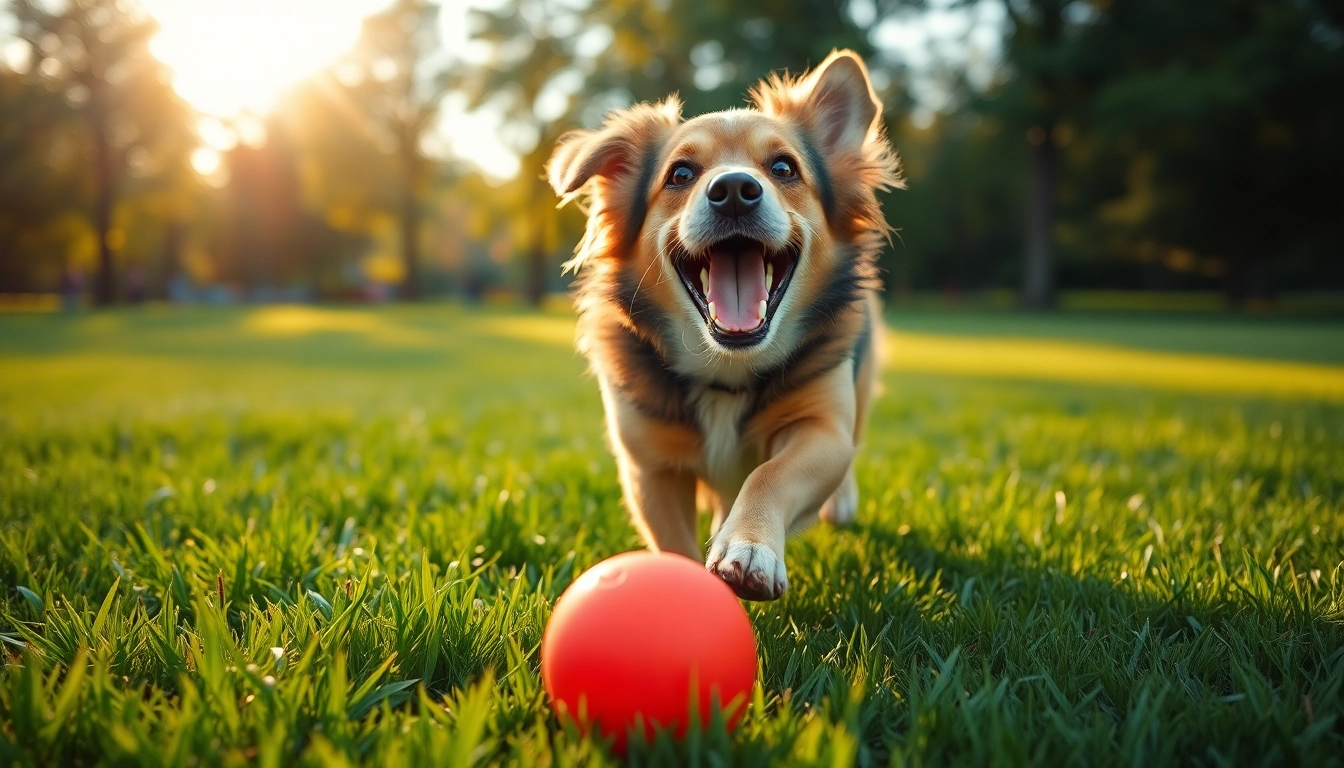Understanding the Importance of Pet Toys
When it comes to pet care, the significance of pet toys cannot be overstated. These toys are not just about fun; they play a critical role in the overall well-being of our furry companions. Whether it’s providing physical exercise, mental stimulation, or emotional support, pet toys are crucial in nurturing a healthy, happy pet. In this section, we will delve into the different facets that underscore the importance of pet toys.
Role of Pet Toys in Animal Well-being
Pet toys serve various purposes that contribute significantly to the physical and mental health of pets. First and foremost, toys are essential for exercise. Active play can help pets maintain a healthy weight, reduce the risk of obesity-related issues, and facilitate muscle development. For instance, chasing a ball or tugging on a rope engages multiple muscle groups, leading to better physical condition.
Moreover, the act of play can mirror natural behaviors. For dogs, young or old, chewing, fetching, and tugging replicate their instinctual actions in the wild, and when directed toward toys, these behaviors become a safe outlet for energy. Additionally, toys are fundamental to preventing behavioral issues; pets that lack an adequate outlet for their energy often resort to destructive behaviors. Toys therefore act not only as a source of exercise but also as a source of entertainment that keeps them engaged and happy.
Mental Stimulation Through Interactive Play
Just as important as physical activity is mental stimulation, which interactive toys provide. Puzzle toys, for instance, are designed to challenge a pet’s cognitive abilities, requiring them to solve problems to access treats. This type of engagement is critical for pets, particularly dogs, which have an innate need for mental challenges. Studies show that animals given mentally stimulating toys are less likely to develop anxiety or other behavioral issues.
Incorporating playtime into training regimens can significantly boost a pet’s learning abilities as well. Dogs that associate their training with fun activities tend to be more open to learning new commands and tricks. By integrating toys into training sessions, owners can establish a positive reinforcement loop that enhances learning outcomes and strengthens the bond between pet and owner.
Choosing Safe and Non-Toxic Pet Toys
Safety should always be a priority when selecting pet toys. Pet owners must ensure that the toys are made from non-toxic materials to avoid health risks. Inspect labels for certifications and ensure that products are free from harmful chemicals. Furthermore, toys with small parts or those that can easily be swallowed should be avoided, particularly for small breeds or younger pets who may be prone to chewing and ingesting everything in their reach.
In choosing toys, owners should also consider the source of the materials. Eco-friendly and sustainable production processes are becoming increasingly popular, allowing pet owners to make choices that align with their values while still providing safe play options for their pets.
Types of Pet Toys and Their Benefits
With the wide range of pet toys available, it’s essential to understand the function and advantages of each type. Selecting the right toy can enhance playtime and ensure that your pet derives maximum benefit from their toys. Below are some of the most popular types of pet toys and their unique benefits.
Chew Toys for Dental Health
Chew toys are not only satisfying for pets but can also contribute significantly to their dental health. As pets chew, they help rid their teeth of plaque and tartar buildup, promoting healthier gums and preventing dental diseases. Many chew toys come specially designed with textures or ridges that further assist in cleaning teeth while being durable enough to withstand vigorous chewing.
Beyond dental health, chew toys provide an excellent outlet for stress relief. While dogs chew, they release endorphins, which can help alleviate feelings of anxiety and boredom. It’s essential to select the right hardness of chew toys based on your pet’s chewing habits; softer toys may suit puppies and less aggressive chewers, while tougher toys are better for aggressive chewers.
Interactive Toys for Mental Engagement
Interactive toys are a fantastic way to keep a pet mentally engaged. These toys often require pets to think critically and use problem-solving skills to retrieve treats or achieve a goal. This not only provides entertainment but also satisfies their natural instincts to hunt and explore.
Examples include treat-dispensing toys, where pet owners can fill the toy with kibble or treats. As the pet plays, they learn to manipulate the toy to release a reward gradually. This can be especially useful for pets that are prone to boredom and destructive behavior, as it keeps them occupied for longer periods, ultimately leading to a more content pet.
Plush Toys for Comfort and Security
Plush toys serve a different purpose, providing comfort and companionship to pets, especially those that are more anxious or nervous. Many pets will form attachments to their plush toys, using them as a source of emotional security. This is vital for separation anxiety and can help soothe pets during stressful times, such as thunderstorms or while boarding.
Additionally, plush toys are excellent for gentle play. They come in various shapes and sizes, many of which are machine washable, making them easy to keep clean. Any owner should ensure that the stuffing is safe and that the toy has no small parts that could pose choking hazards.
How to Select the Right Pet Toys
Choosing the appropriate toys for your pets involves considering various factors, including their age, size, and specific preferences. Tailoring choices to individual pet needs can significantly enhance their play experience.
Assessing Your Pet’s Age and Size
The age and size of your pet are pivotal factors in selecting appropriate toys. Puppies and kittens have different requirements than adult pets. Toys designed for young pets are typically softer and smaller to accommodate their smaller mouths and developing teeth. Conversely, adult or larger pets might require sturdier toys capable of withstanding strong jaws.
For instance, medium-sized chew toys may be just right for Bulldogs, while larger breeds like Great Danes may need oversized versions. While selecting toys, consider their weight and play style; an overly large toy can lead to frustration if your pet cannot manipulate it effectively.
Identifying Your Pet’s Play Preferences
As with humans, pets can have distinct play preferences. Some dogs may prefer to fetch, while others enjoy tug of war or puzzle-solving. Observing how your pet likes to play can help you select toys that cater to their instincts. For example, if your dog enjoys fetch, look for durable balls or flying discs that can withstand wear from chewing. Meanwhile, dogs that enjoy rough play might appreciate rope toys more.
Understanding a pet’s preferences not only makes playtime more enjoyable but also actively supports their development by providing the right stimuli that matches their natural behavior.
Considering Safety and Durability Features
Safety and durability should always remain top priorities in toy selection. Look for durable materials that can withstand your pet’s chewing habits. Toys made from natural rubber or high-quality nylon can often endure rough handling and provide a better play experience.
Additionally, double-check the toy for potential choking hazards such as small parts or limbs that could detach. Regularly inspect toys and discard any that show signs of wear and tear as damaged toys can pose safety risks. By ensuring that toys are robust and reliable, you can prevent accidents while also extending the lifespan of each toy.
DIY Pet Toys: Creative Ways to Engage Your Pet
Creating your own pet toys can be an enjoyable project that provides both savings and satisfaction. Many DIY options take advantage of everyday household items and encourage creativity while providing your pet with new stimuli.
Using Household Items for Fun and Safety
Household items can be transformed into engaging and safe playthings for your pet. For example, old t-shirts can be braided into chew toys, or empty plastic water bottles can be stuffed into a sock, creating a crinkly toy that pets find fascinating. Such DIY creations not only reduce waste but can also be customized to your pet’s preferences.
However, safety remains paramount; always ensure that materials are non-toxic and free from small parts that could pose a choking hazard. Supervise playtime with homemade toys until you’re sure they are safe for continued use.
Instructions for Making Simple Tug Toys
A simple DIY tug toy can be made from old ropes or fabric scraps. To create a tug toy, follow these steps:
- Gather long fabric strips or old ropes. It’s best to use strong, durable fabric.
- Cut the fabric into strips of equal length, preferably around 2-3 feet long.
- Gather all the strips and tie them together in a knot at one end.
- Braid or twist the strips together tightly to form a sturdy handle, leaving some tails at the other end.
- Finally, tie off the end with another knot to prevent unraveling, and your fun tug toy is ready!
This type of toy not only encourages physical interaction but also fosters bonding through play between pet and owner.
Ideas for Environmentally-Friendly Pet Toys
As pet owners become more mindful of their environmental impact, eco-friendly toys are gaining popularity. Consider creating toys from recycled or biodegradable materials. For example, you can use cardboard boxes to create a scratcher for cats or recycled paper to make a crinkle toy for dogs. Not only do these options reduce waste, but they also provide durable, engaging toys that pets will love.
When choosing commercial toys, look for brands that use sustainable practices in their production processes, such as those that focus on reducing plastic content or using organic materials.
Maximizing Play Time with Your Pet
To truly harness the benefits of toys, pet owners should integrate playtime into their daily routines. This maximizes engagement and helps strengthen the bond between pet and owner.
Establishing a Routine with Pet Toys
Establishing a regular play schedule can help create structure and anticipation for both the pet and owner. Setting aside specific times of the day for intense interactive play, such as fetch or tug of war, not only helps expunge excess energy but also promotes good behavior. Short bursts of 15-30 minutes of focused play throughout the day can be more beneficial than a single lengthy session as it aligns with a pet’s natural energy patterns.
This routine also creates opportunities for social interaction, both beneficial for the pet’s emotional health and for enhancing their training process.
Integrating Training with Play Activities
Training doesn’t have to be disconnected from play. In fact, integrating the two can lead to more effective learning and skill retention. Use toys as rewards during training sessions and incorporate cues for fetch or tug games directly into training commands.
For example, instead of simply allowing your dog to chase a ball after throwing it, incorporate commands like “sit” or “stay” before the fetch. This not only reinforces basic obedience but also links positive experiences directly with their toys.
Monitoring Playtime to Prevent Overexertion
While play is essential for a pet’s physical and mental well-being, moderation is key to preventing overexertion, which can lead to injuries. Owners should be observant and ensure they monitor their pets during playtime, especially in high-energy activities that require sprinting or jumping.
Puppies or older pets may need more breaks, while younger pets may require different types of toys that promote less vigorous activity. Additionally, consider the environment; harsh weather conditions can impact playtime. By setting aside time for rest, you ensure your pet remains healthy and enjoys their play experience without risk of harm.



